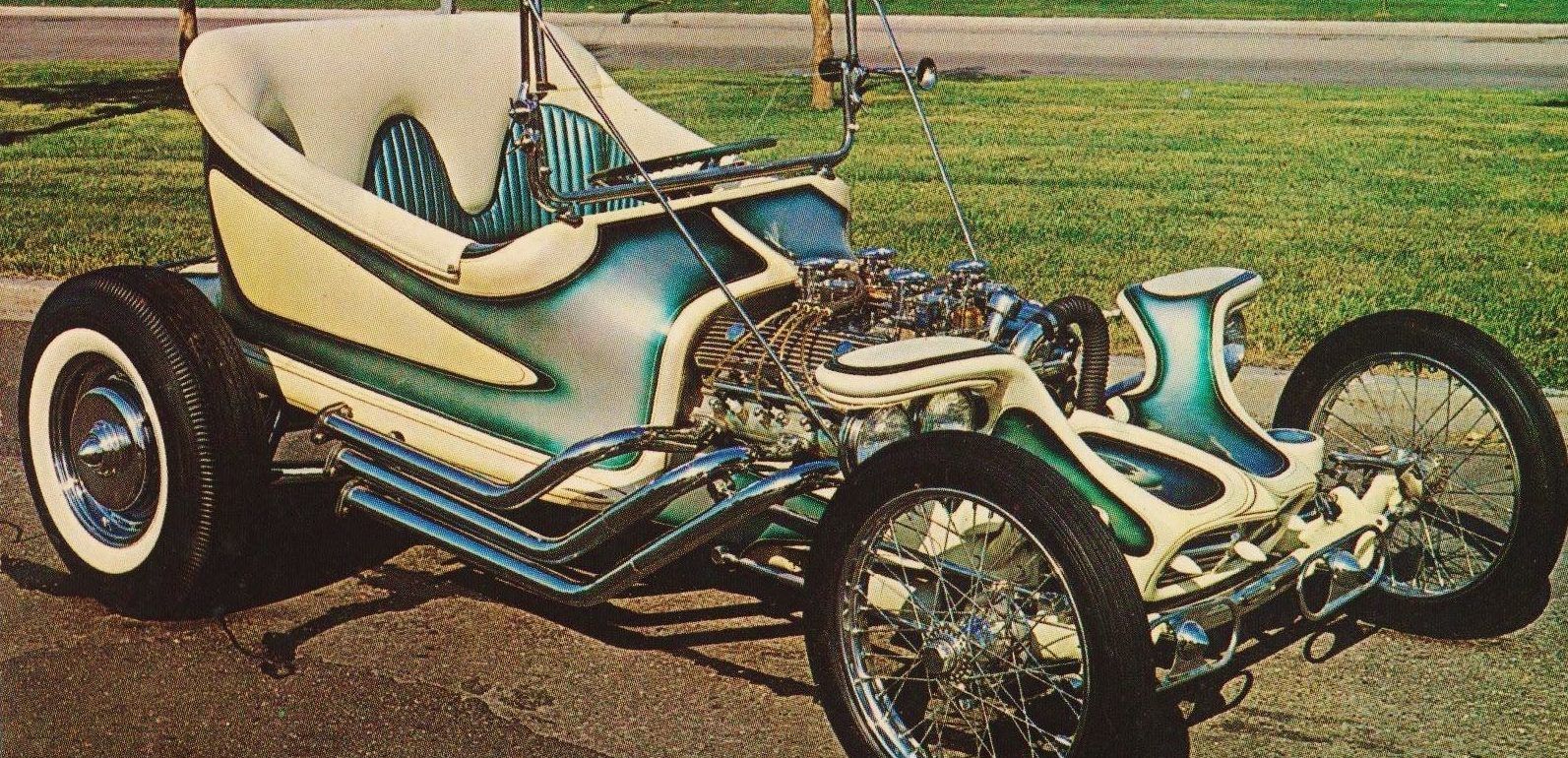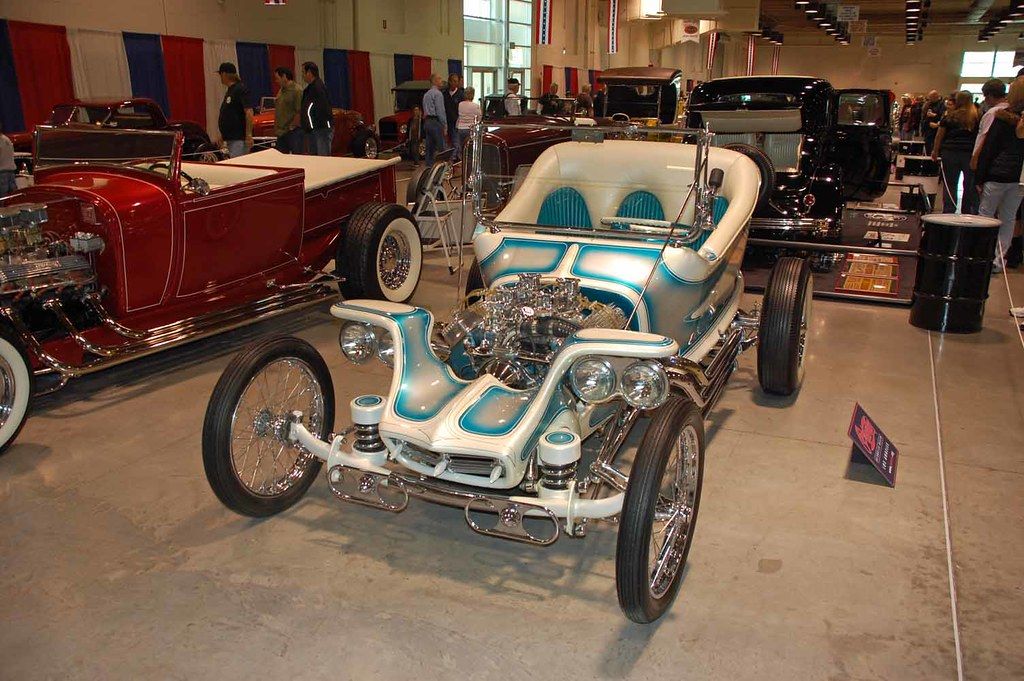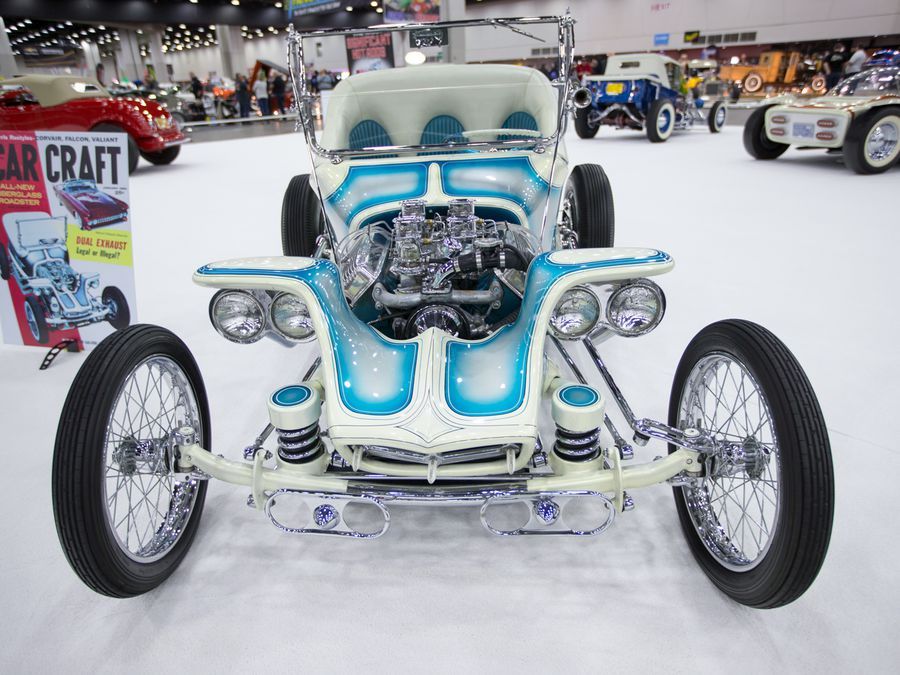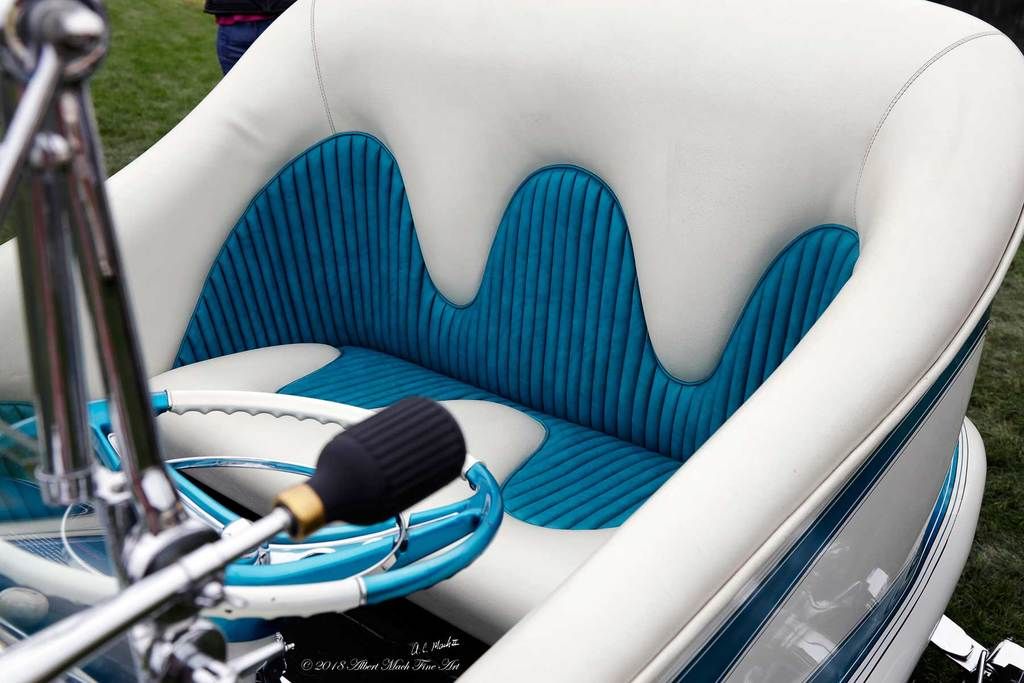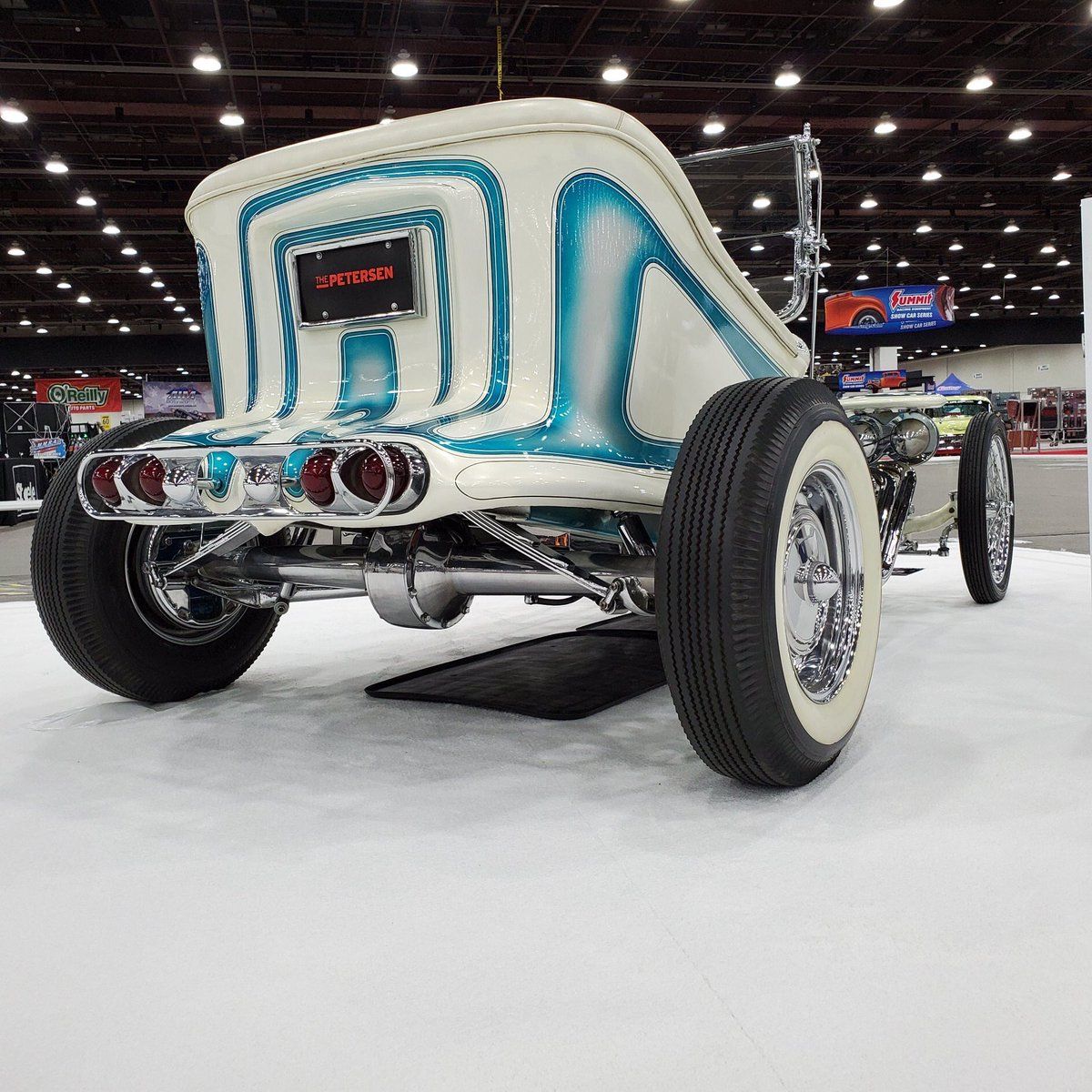A hot rod is a term used to describe old, classic cars that have been modified with larger engines and more incredible specs to come up with a reinvented sleek, more stylish, and more powerful vehicle. The concept focuses on project vehicles, slowly taking them through their restoration journey to what they become when the project is complete.
The idea of hot rods is not new, dating as far back as the 1920s, where initially people restored older cars to stay clear of revenue agents and other authorities. One of the rarest productions from Hot Rod Garage is The Outlaw by Ed Roth.
It is considered rare as it uniquely and successfully managed to incorporate fiberglass on the car's body. At the time, this was not a concept that had been explored much. The fact that Roth got an idea, followed through with the modification process, and saw the project to completion with one of the most beautiful hot rods is admirable.
The Outlaw is one of a kind and among the biggest names in the world of hot rods. Its rarity contributes to its glory, and it will live to be recognized as one of the earliest predecessors of this trend.
History Of The Outlaw
The creation of the Outlaw began from a picture that Roth saw and drew inspiration from. The image entailed a person hailing a sledgehammer at a 1941 Ford, and apparently, it is said it was so strong and insusceptible to dents. The deck had a fiberglass lid, and this was the beginning of Ed's idea.
He read about another hot rodder W.R Shadoff, who had experimented with the same, and he started to work on his concept slowly. In his trials, he faced some challenges; he tried making the body out of wood before incorporating the fiberglass, but he was not successful at the time. He bought some casting plaster, which worked better than the wood, which he then covered using fiberglass.
His works were purely experimental, and he wanted to sell the vehicle's bodies to customers. The estimate is that he created about 12 to 15 bodies and sold them to buyers to complete the rest of the car as they desired without significant parts such as the nose and floorboards. He finished the original Outlaw by bringing together well-thought-out elements from other vehicles.
Notable Features Of The Outlaw
The most notable feature of the Outlaw is undoubtedly the build from fiberglass, which was not popular at the time. At the time, many vehicles featured a wooden body underneath the deck, but Roth changed this in his Outlaw and used Casting plaster instead.
Surprisingly, it worked perfectly well and remained a unique characteristic. It is also the only car in which he created a female mold with four parts joined by toolbox latches. Other components used to finish the original Outlaw was a combination of parts sourced from many different vehicles, as is the case with many hot rods. For example, the front axle was initially from a 1930's Ford V8 model, whereas the steering mechanism and the back cross spring were from two different Ford Models from the 1940s.
The rear lights were fitted from a Chevrolet, whereas the frame around the windscreen area was part of a 1922 Dodge model. These were some of the creations that saw the rise of the unique Outlaw, celebrated today.
Subsequent Generation Of Outlaws
The Outlaw inspired a newer generation of the same, and the Williams family, the owners of the first outlaw mold, went ahead to develop others. They used Ed's initial mold to create a new body for sale, and to honor the history behind it, all proceeds from the original went to the Roth estate.
The components were all labeled with a unique numbering and a certificate to acknowledge each piece as an authentic original.
Why Rare Hot Rods Are Special
Hot rods are special vehicles owing to the effort their restorers put into them. Most of them take months, even years, to complete. They are also unique as each hot rod is modified uniquely using trial and error strategies to determine what works. Because many of them are no longer in production, they are also special as very few units' designs are up and running all over the world.
The rarest hotrods attract high value on the market and are collector's items.
Sources: Kustom Rama, HotRod

